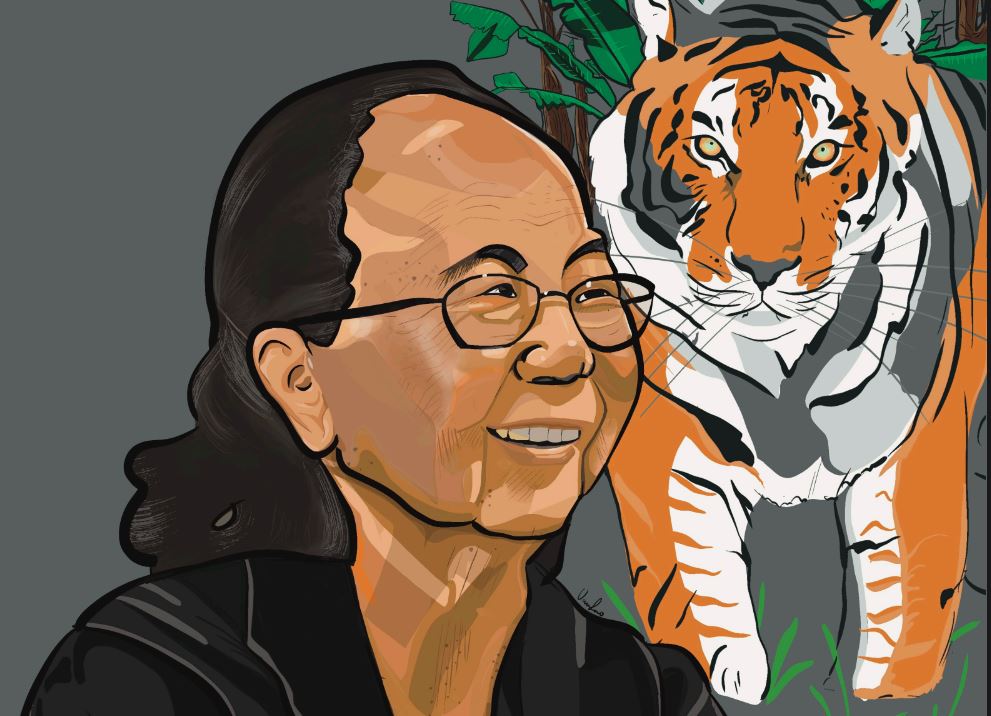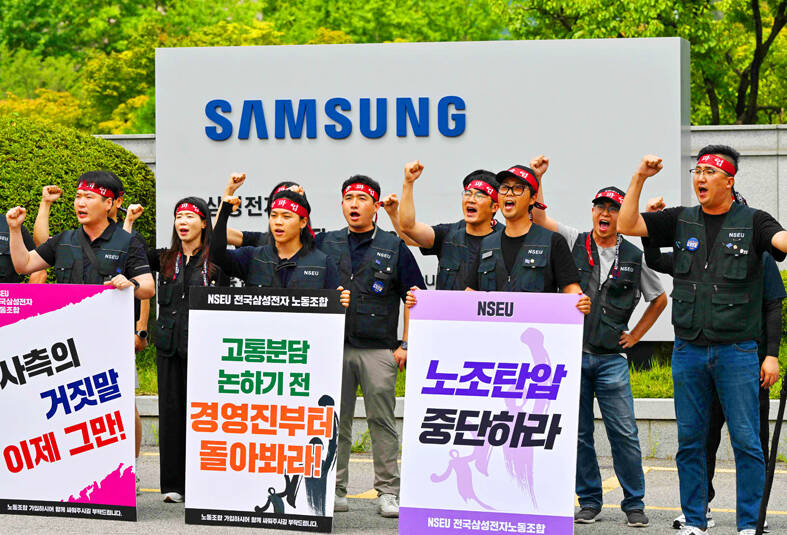“We are so much more than our memories of war” – AsAmNews

“Planting SEADS – Knowing Our Joy” is an anthology of first-person narratives by Khmer, Laotian, Vietnamese and Hmong refugees.
By Sunita Sohrabji on Ethnic Media Services
The Khmer, Laotian, Viet and Hmong communities total more than 3.3 million people in the United States, but are largely invisible.
“People only turn to our elders when they want to talk about the war. Our people are so much more complex,” says Jessica Eckerstorfer, co-director of programming and operations at the South East Asian Diaspora Project based in Minneapolis, Minnesota.
Minnesota’s Southeast Asian population is one of the largest in the United States, including more than 88,000 Hmong Americans.
Planting SEADS


The SEAD Project is one of five organizations involved in Asian Americans Advancing Justice-AAJC’s Narrative Change and Caregiving Project. The initiative is funded by the Robert Wood Johnson Foundation. For the initiative, the SEAD Project created an anthology of 18 stories told by elders and captured by a young family member. The book, Planting SEADS – Knowing Our Joy, was released on December 2, 2023.
Many of the stories are set in the United States, while others have their roots in Southeast Asia. Each story is translated into the narrator’s native language and is accompanied by illustrations created specifically for the story. The anthology also contains many family photos, some of which are half a century old.
In one story, a mother teaches her daughter how to flirt while telling her about the first boy she loved, a secret tryst she kept secret from her parents. Another tells the story of a Laotian fisherman: The man who could catch anything.”
Secret War
“The Singing Gardener” tells the story of a teenager who lived in a refugee camp but came to the United States to work as a babysitter in Minnesota. “My mother compares music to food. The joy that music gives us is food,” writes the narrator, who then describes a trip to Paris with her parents and the food they ate there.
“Who I’ll Never Forget” is the story of a family that flees their homeland during the “Secret War” and settles in the United States. Eckerstorfer’s favorite story is about a Khmer woman who makes a living picking blueberries while trying to prove that she is just as tough as her male colleagues. One day, she lets out a loud fart and a laugh in the fields to prove her courage to her colleagues.
“All of our staff are Southeast Asian, so it wasn’t difficult to connect with our community. Actually, it was overwhelming because we had way more requests to participate in the program than we had space for,” Eckerstorfer said.
Resilience
Younger family members were introduced to the concepts of storytelling and story collecting over three sessions. “And there was already that familiarity of being a family member, of having that relationship, which made it much easier to involve the older ones in the program,” she said.
The predominant themes of the anthology are the struggles and joys that come with building a new life, from scratch. Resilience is also a theme that runs throughout the book. “So many of our elders, whether in the refugee camps or through separation from family, losing family members or even through the immigration process of coming here and finding asylum, have found humor and personality and strength and a real love of family. That comes through in all of these stories,” Eckerstorfer said. “You talk about really difficult things, but then also the beauty and the care that everyone feels for each other.”
“After the program was over, so many people told me that this was their favorite experience of the year. Some people even had their stories read to them by their elders at the event, and people cried. It was really beautiful,” Eckerstorfer said. “But I think the biggest impact for everyone was when they saw their artwork. It was really important to see how family representations were honored, especially for stories they had never heard before.”
In the second year of the initiative, the SEAD project commemorates the 50th anniversary of the founding of the European Union.th year of the fall of Saigon, which ended the Vietnam War. The organization plans to collect 8 more stories and retell them in a performance art format that will tour the state.
“We are becoming visible,” said Eckerstorfer. “We have people from Southeast Asia who hold political positions. We see how our second and third generation people are growing into jobs that our first generation people would never have even thought of before. So we see that these small steps are taking place.”
AsAmNews is published by the nonprofit Asian American Media Inc. Follow us on Facebook, X, Instagram, TikTok, and YouTube. Please consider making a tax-deductible donation to support our efforts to produce diverse content about the AAPI communities. We are supported in part by funds from the State of California provided by the State Library of California in partnership with the California Department of Social Services and that California Commission on Asian and Pacific Islander Affairs As part of the Stop the hate program. To report a hate incident or hate crime and get support, go to CA against hate.
Related


